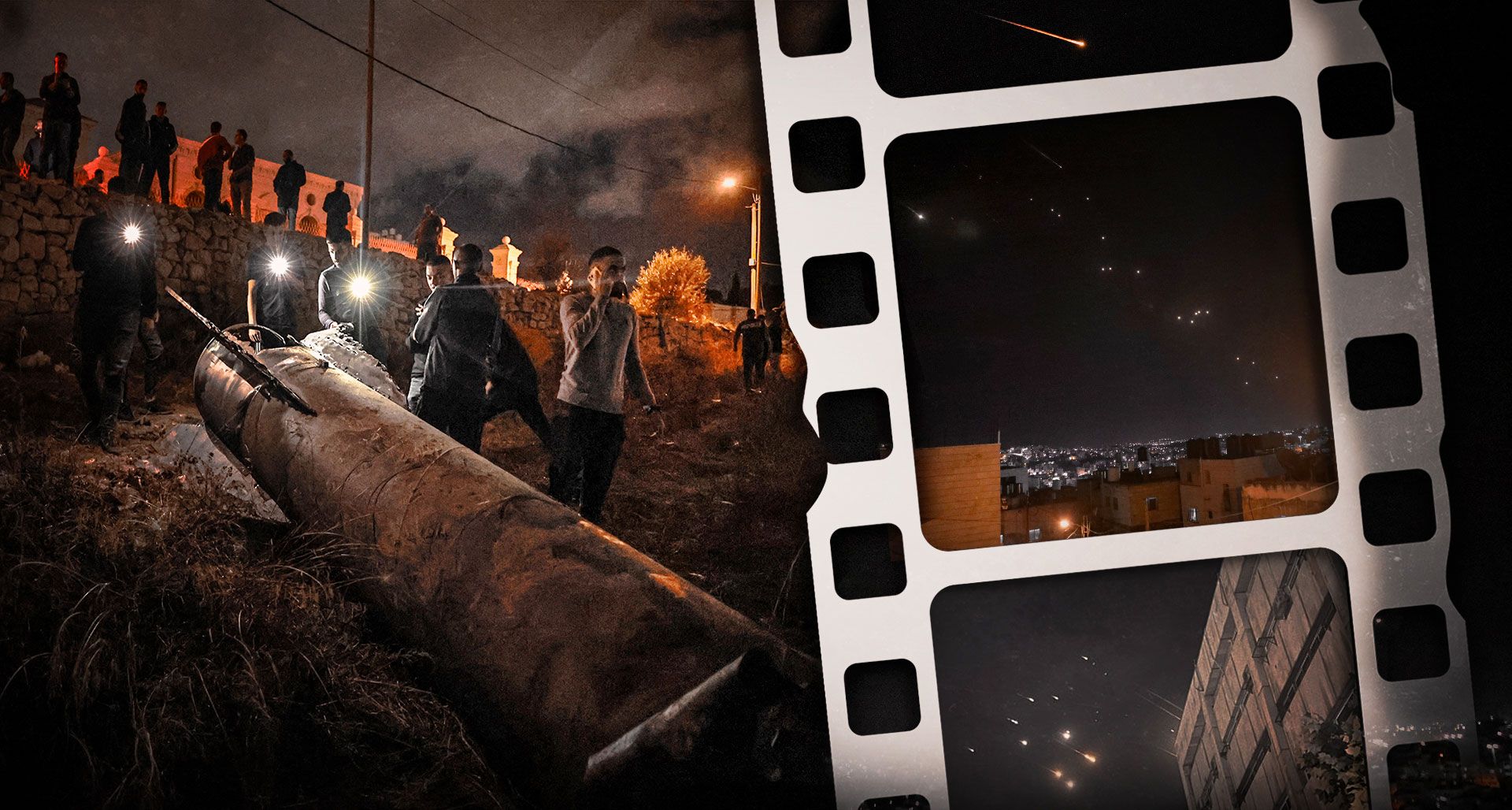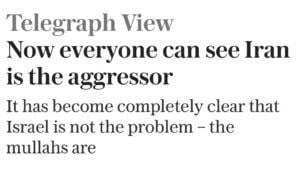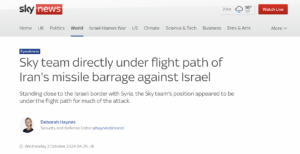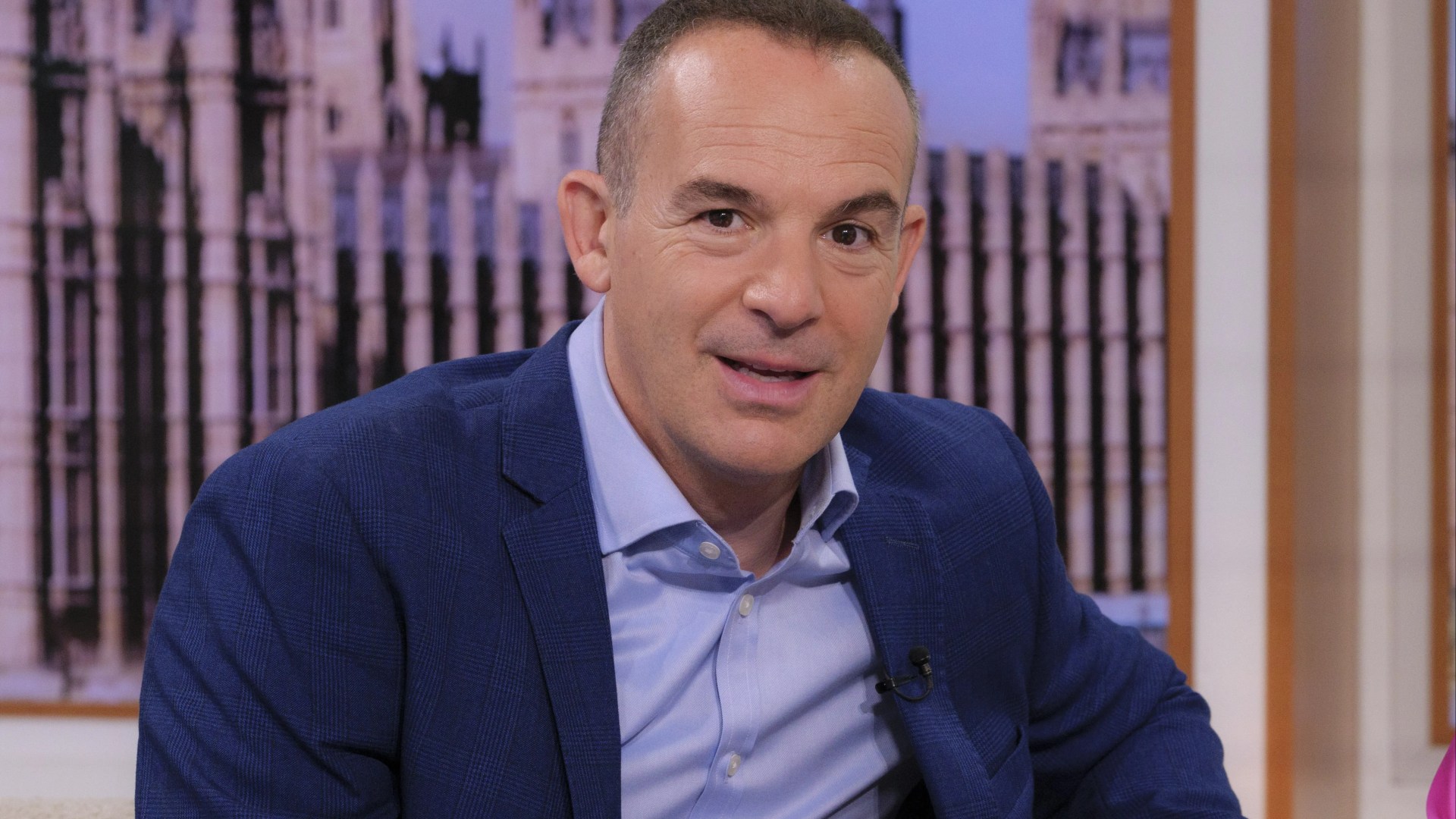This article is an on-site version of our Moral Money newsletter. Premium subscribers can sign up here to get the newsletter delivered three times a week. Standard subscribers can upgrade to Premium here, or explore all FT newsletters.
Visit our Moral Money hub for all the latest ESG news, opinion and analysis from around the FT
Welcome back.
Beijing’s answer to the World Bank is backing a wave of renminbi bond borrowing by developing countries, Joseph Cotterill and I reported this morning. The Asian Infrastructure Investment Bank is looking to capitalise on falling interest rates by supporting more issuance of so-called “panda bonds”, a move that comes after Beijing announced new rules for renminbi debt issuance by foreign entities in 2022.
For today’s newsletter, I took a broader look at how the AIIB has emerged as a key player in overseas development and the largest financing partner of the US-dominated World Bank. Here’s what that means for sustainability.
INTERNATIONAL DEVELOPMENT
Beijing-backed development bank on growth spurt
The Asian Infrastructure Investment Bank has grown rapidly since its launch in 2016. It is capitalised at $100bn, with China committing about 30 per cent of the funds and holding 27 per cent of voting power. At 110 members, AIIB is the world’s second-biggest multilateral development bank. While other G7 countries such as Germany and France are members, the US is not.
But the AIIB is invested alongside the Washington-based World Bank in projects ranging from power plants to railways across central Asia — keeping the US-China balance of power in the region in alignment.
AIIB president Jin Liqun said the bank planned to continue expanding its presence across Latin America and Africa. “We define infrastructure in a very liberal manner,” he told me in an interview, including digital skills and healthcare. For now, though, its primary focus remained in Asia.
AIIB’s existing projects
Kazakhstan, Turkmenistan and Uzbekistan are major exporters of natural gas, and their steppes make large areas well-suited to wind energy. Yet, while they are rich in natural resources, Soviet-era grid infrastructure has strained power systems in central Asia, causing blackouts and potentially deterring foreign investment, as researcher Anna Jordanová has detailed.
In 2019, AIIB approved a $47mn loan for a 100 megawatt wind farm in Kazakhstan, the country where Chinese President Xi Jinping launched the Belt and Road infrastructure investment spree in 2013. The country is a major exporter of coal, oil, and gas, with total energy production that is more than double its domestic demand, as of 2018. Yet, Kazakhstan has endured frequent power outages, which have sparked unrest.
In 2020, the European Bank for Reconstruction and Development (EBRD), whose largest capital contributor is the US, announced that it would also provide a $25mn loan for the project, which is based in a country often seen as the focus of the “new Great Game” between Russia and the US, writes Maximilian Hess, a political risk analyst.
China and the US are not the only investors vying to invest in energy infrastructure in countries with geopolitical significance. Gulf countries have also become major investors and developers in the region. AIIB has signed multiple loan agreements in Uzbekistan with Masdar, Abu Dhabi’s renewable energy investment vehicle. Masdar is also building the region’s largest wind farm.
AIIB has supported a string of gas power plants in Uzbekistan, including $100mn in funding to a plant developed by ACWA Power, the Saudi national champion, and a €225mn loan last year. The investments, however, have drawn criticism from civil society groups, such as Germany-based Urgewald, which argued that the AIIB’s lending to fossil fuels “undermines the credibility of its climate and social policies”.
Asked about its investments in gas, Jin said: “We do not rule out gas, but we focus on renewables.
“If we finance a gas project, we should [see] a clear correlation between the gas project and phasing out coal-fired power,” he said. Growing energy demand in many emerging markets should be viewed as a positive development, Jin added, since it was partly the result of poverty reduction efforts.
Pain points
The AIIB and the World Bank’s extensive co-financing arrangements don’t necessarily indicate that it is a tension-free relationship — nor that every project advertised as sustainable is up to that billing, as the fossil fuel financing shows.
As the bank’s profile has grown, so too have concerns about its investments — especially following feedback from local communities.
A report last year by Amsterdam-based campaign group Recourse raised issues with AIIB’s accountability mechanism, noting that “in seven years, with 233 projects funded and over $44bn spent, the AIIB has yet to accept a single complaint from people adversely affected by its investments”.
The report highlighted one rejected complaint from critics of a gas power plant in Bangladesh, which received $60mn from AIIB. The complainants alleged that “middlemen” acquired the land for the plant “with intimidation and coercion, and at lower than market rates”.
The AIIB is also attempting to distinguish itself from the Belt and Road Initiative, which peaked in 2016 and saddled many countries with debt in return.
“The Belt Road Initiative was proposed by China, more or less at the same time as AIIB,” Jin said. “[But] these two different initiatives work by different governance and practice. Multilateral development banks like ours . . . we work like our peer institutions, such as the World Bank, and EBRD.
“Quite a lot of countries are grappling with debt problems. The big issue is, how could we help these countries attract external capital inflows without creating debt problems? Our answer is, we need to push for productive investment,” Jin said.
These issues will have to be tackled in the years ahead, but the collaboration by US- and China-led official sector financial institutions in some of the world’s most geopolitically contested regions may indicate that funding for international development will continue in spite of the increasingly antagonistic relationship between the world’s biggest economies.
Smart read
All the attention is on China’s cleantech manufacturing capacity. But Beijing is also exporting a “tsunami” of investment in renewable energy and transport electrification projects, Edward White and William Sandlund report.














































































































































You must be logged in to post a comment Login